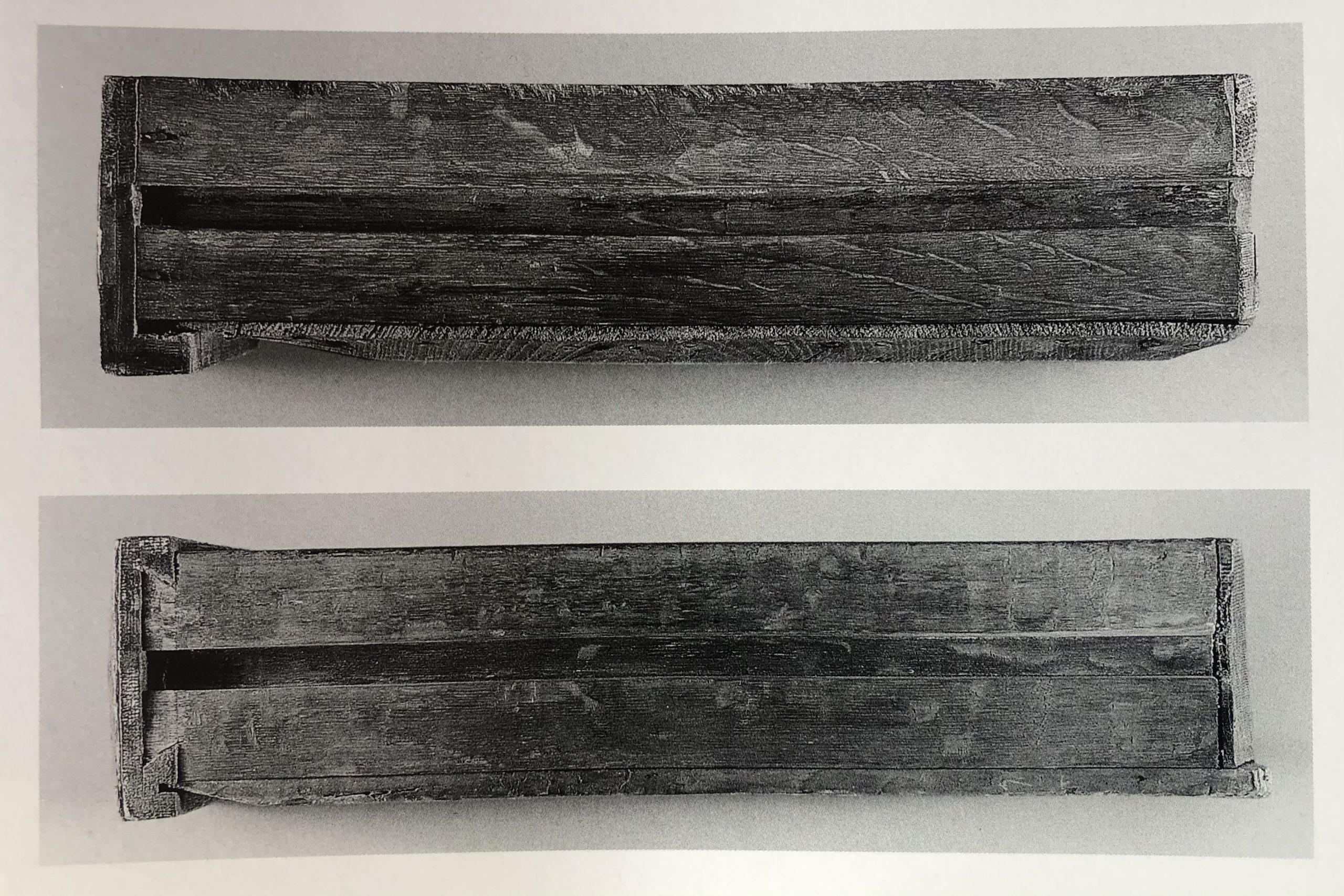
How to Make and Use Drawer Slips
There are lots of different ways to build and mount drawers for furniture and casework. A quick look at period furniture and casework will reveal lots of different construction techniques. In the 17th century and earlier, drawers were commonly side hung and built with thick, riven drawer sides, and bottoms that were either nailed directly to the bottom of the drawer box, or into a rabbet planed into the bottom of the drawer box. Drawer bottoms were not commonly housed in grooves during this period.

As furniture got lighter and more delicate in the early to mid 18th century, drawer parts get thinner and case construction changes to suit. Drawers in the 18th century typically rest on frames attached to the case rather than being side hung like earlier drawers. Drawer bottoms are still commonly nailed to the bottom of the drawer box or let into rabbets. However, glue blocks are often added to provide more bearing surface. Drawer bottoms housed in grooves plowed into the drawer sides and front become more common in the later half of the century.

In the late 18th and into the 19th centuries, drawers with extremely thin, delicate sides become fashionable. While these very thin drawer sides look light and dainty, they present challenges for attaching drawer bottoms. The sides are simply too thin to nail the bottom on without the side splitting, and also too thin to plow a rabbet or groove into. It is during this period that drawer slips became fashionable. While drawer slips are not commonly used today, there’s really no good reason not to.
